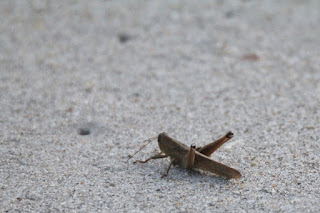 Location: Merritt Island, Indian River
Location: Merritt Island, Indian RiverYou might mistake me for a Franklin’s Gull
In fact I wouldn’t doubt it.
But I am actually a Laughing Gull
And there’s nothing funny about it.
Photo and text © 2018 Dee Fairbanks Simpson
 Location: Merritt Island, Indian River
Location: Merritt Island, Indian River Location: Merritt Island, Indian River
Location: Merritt Island, Indian River Location: Melbourne, Ponce de Leon Landing
Location: Melbourne, Ponce de Leon Landing Location: Melbourne, Ponce de Leon Landing
Location: Melbourne, Ponce de Leon Landing Location: Melbourne, Ponce de Leon Landing
Location: Melbourne, Ponce de Leon Landing Location: Melbourne, Ponce de Leon Landing
Location: Melbourne, Ponce de Leon Landing Location: Private residence, Vero Beach
Location: Private residence, Vero Beach Location: Private residence, Vero Beach
Location: Private residence, Vero Beach Location: Private residence, Vero Beach
Location: Private residence, Vero Beach Location: Private residence, Vero Beach
Location: Private residence, Vero Beach Location: Private residence, Vero Beach
Location: Private residence, Vero Beach Location: Private residence, Vero Beach
Location: Private residence, Vero Beach

 Location: Fellsmere, my house
Location: Fellsmere, my house Location: Private residence, Vero Beach
Location: Private residence, Vero Beach Location: Private residence, Vero Beach
Location: Private residence, Vero Beach Location: Trailhead Preserve, Fellsmere
Location: Trailhead Preserve, Fellsmere Location: Riverview Coffee, Tea, & Books, Sebastian
Location: Riverview Coffee, Tea, & Books, Sebastian Location: Vero Beach, private residence
Location: Vero Beach, private residence Location: Melbourne, Hundred Acre Hollows
Location: Melbourne, Hundred Acre Hollows Location: Melbourne, Hundred Acre Hollows
Location: Melbourne, Hundred Acre Hollows Location: Melbourne, Hundred Acre Hollows
Location: Melbourne, Hundred Acre Hollows Location: Melbourne, Hundred Acre Hollows
Location: Melbourne, Hundred Acre Hollows Location: Melbourne, Hundred Acre Hollows
Location: Melbourne, Hundred Acre Hollows Location: Melbourne, Hundred Acre Hollows
Location: Melbourne, Hundred Acre Hollows Location: Melbourne, Hundred Acre Hollows
Location: Melbourne, Hundred Acre Hollows Location: Melbourne, Hundred Acre Hollows
Location: Melbourne, Hundred Acre Hollows Location: Melbourne, Hundred Acre Hollows
Location: Melbourne, Hundred Acre Hollows Location: Melbourne, Hundred Acre Hollows
Location: Melbourne, Hundred Acre Hollows Location: Melbourne, Hundred Acre Hollows
Location: Melbourne, Hundred Acre Hollows Location: Melbourne, Hundred Acre Hollows
Location: Melbourne, Hundred Acre Hollows